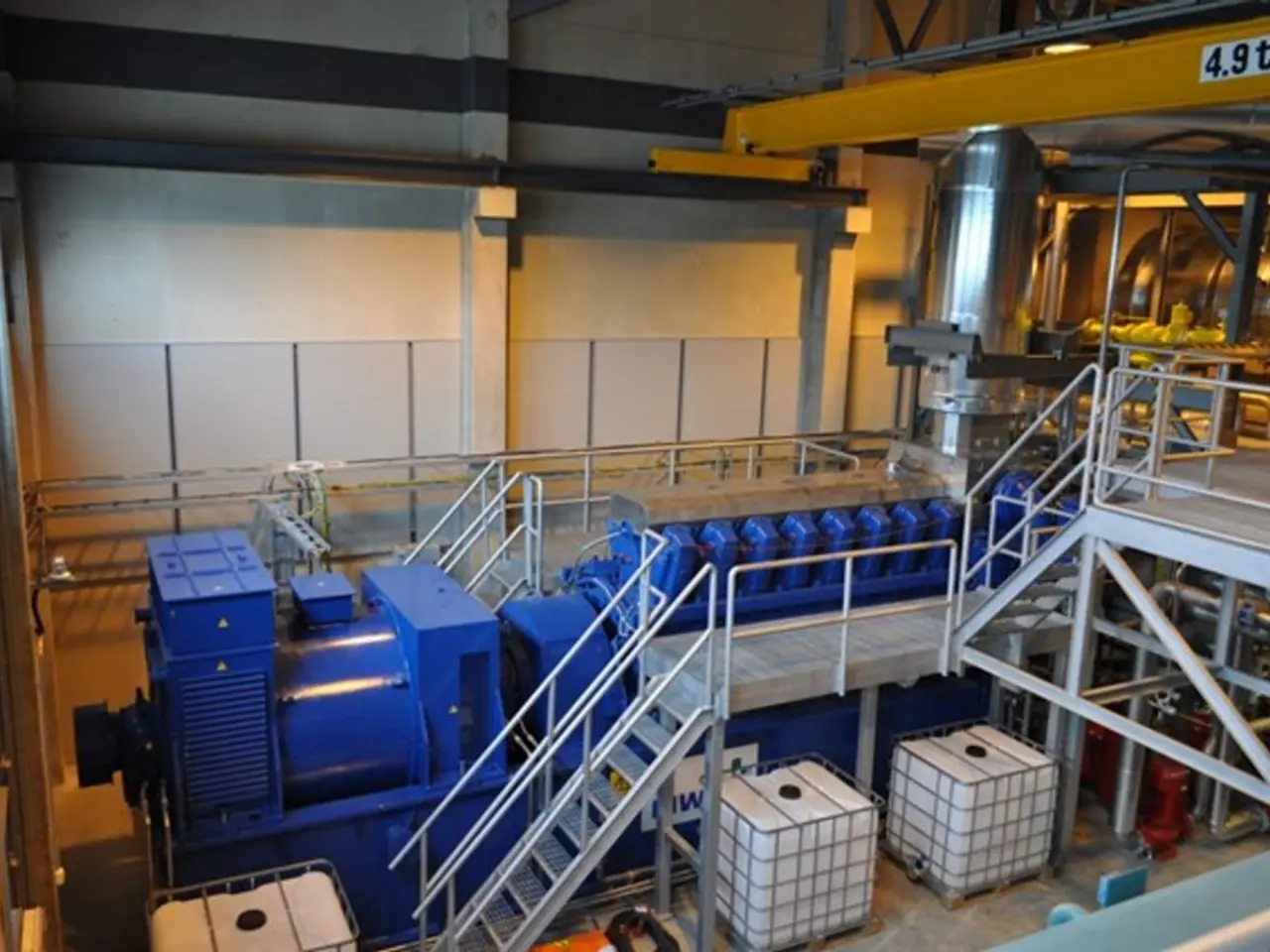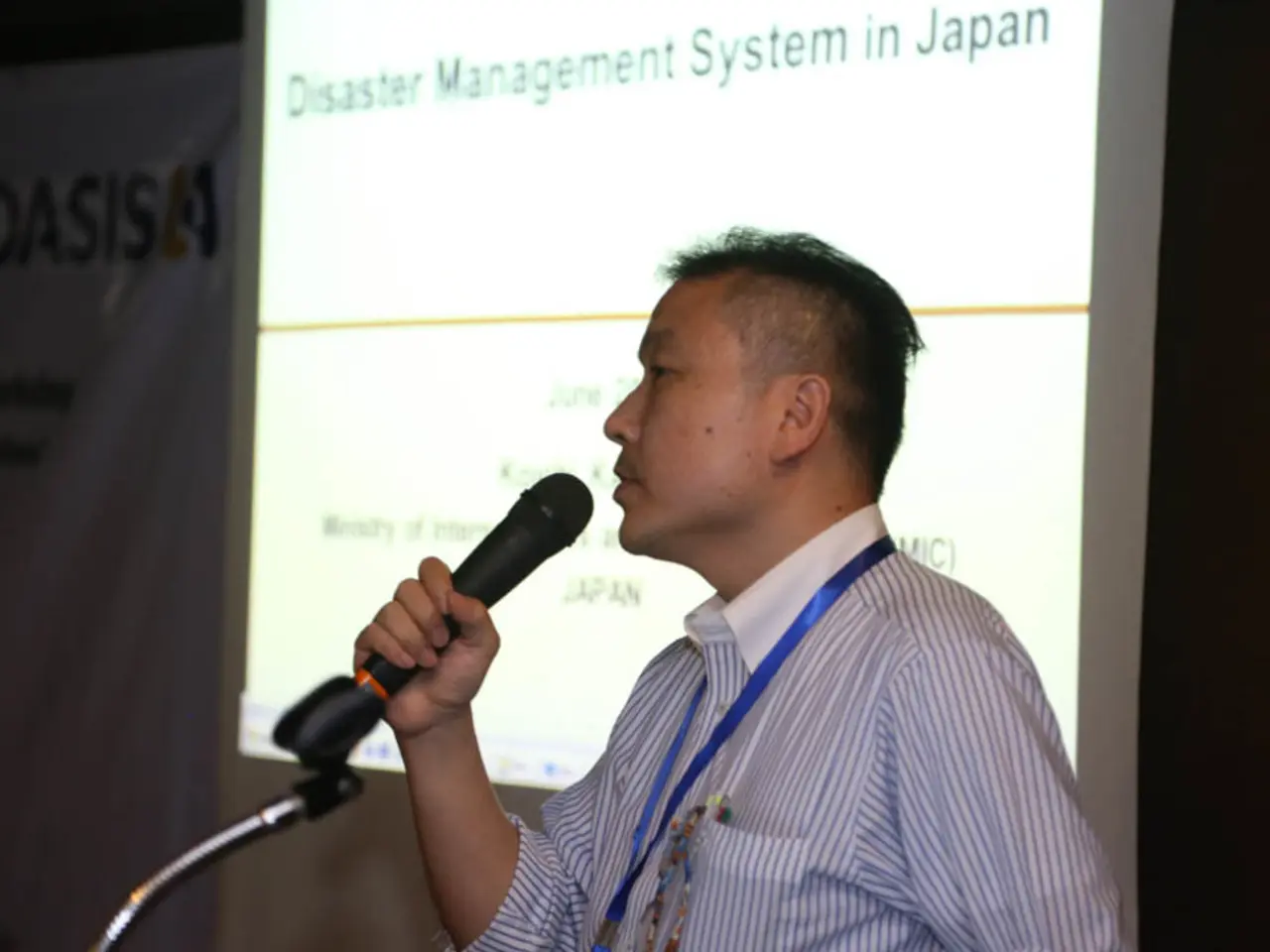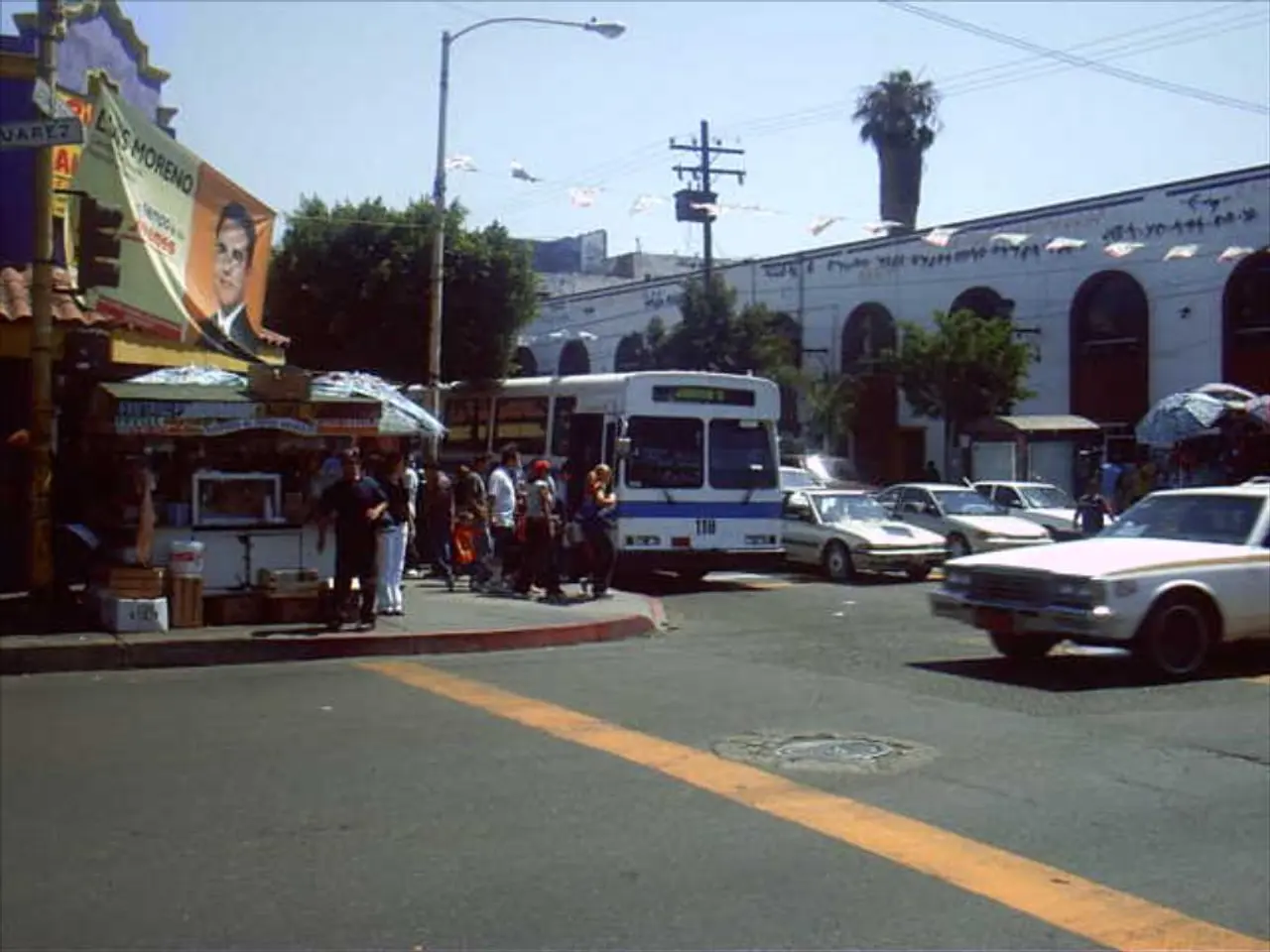Navigating Reduced Construction Congestion: The Obstacle
In the heart of bustling cities, construction sites can often be a source of traffic congestion and environmental pollution. However, a strategic approach to construction logistics can help alleviate these issues, making urban areas more sustainable and liveable.
Key strategies for optimising construction logistics in urban areas include the development of bespoke Construction Logistics Plans (CLPs), the implementation of cross-docking, the leveraging of technology-enabled transport strategies, and close coordination with local councils and traffic authorities.
Developing CLPs involves tailoring site layouts, access strategies, and phased logistics plans to minimise disruption and optimise efficiency. This approach reduces clutter, idle time on site, and congestion, thus preventing unnecessary waste.
Cross-docking, another crucial strategy, consolidates shipments and minimises storage time in urban areas. By streamlining goods movement, cross-docking reduces the number of delivery vehicles and trips, saving fuel and labour costs while supporting sustainability goals by lowering emissions and congestion in cities.
Technology-driven transport optimisation is another game-changer. Using data-driven insights, Internet of Things (IoT), and artificial intelligence, route planning, delivery scheduling, and fleet management can be optimised, drastically cutting transportation costs while improving service quality.
Collaboration with local councils and traffic authorities is also essential. Conducting traffic impact assessments and implementing signage, routing, and delivery booking systems ensure deliveries are timed and routed to minimise traffic disruption and improve overall flow around construction sites.
Reducing idling and improving traffic predictability are also important factors in enhancing freight efficiency. Minimising vehicle idling reduces operational costs and emissions, contributing to cleaner urban air and greater sustainability.
The construction industry, however, is notoriously slow to innovate. Developers and contractors often employ subcontractors who cannot afford high-cost, low-emission solutions. Finding industry leaders pushing for solutions is a significant challenge.
Despite these obstacles, there is a pressing need for immediate action to reduce construction traffic's impact on cities. Innovators in the construction industry depend on early adopters to break through and make a lasting impact. The full costs of urban construction have yet to be calculated, but the benefits of a more sustainable, efficient, and liveable urban environment are clear.
One promising initiative is the development of construction consolidation centres, as discussed in the article "Cutting back on traffic with construction consolidation centres". These centres serve as hubs for the storage and delivery of materials to spatially dispersed construction sites, helping to reduce the impact of movements while streamlining the construction process.
In conclusion, a strategic approach to construction logistics, combined with innovative solutions and close collaboration with urban authorities, can significantly reduce traffic congestion, lower costs, and promote environmental sustainability in urban construction projects. The construction industry must embrace these changes to ensure a more liveable and sustainable future for our cities.
- To reduce the environmental impact of urban construction and promote sustainability, the construction industry could integrate environmental science into its strategies, focusing on minimising carbon emissions and adopting low-emission solutions in line with climate-change mitigation efforts.
- Considering the financial implications, construction companies could explore financial incentives, such as subsidies or tax breaks, to encourage the adoption of environmentally friendly measures, thereby supporting both industry profitability and environmental conservation.




